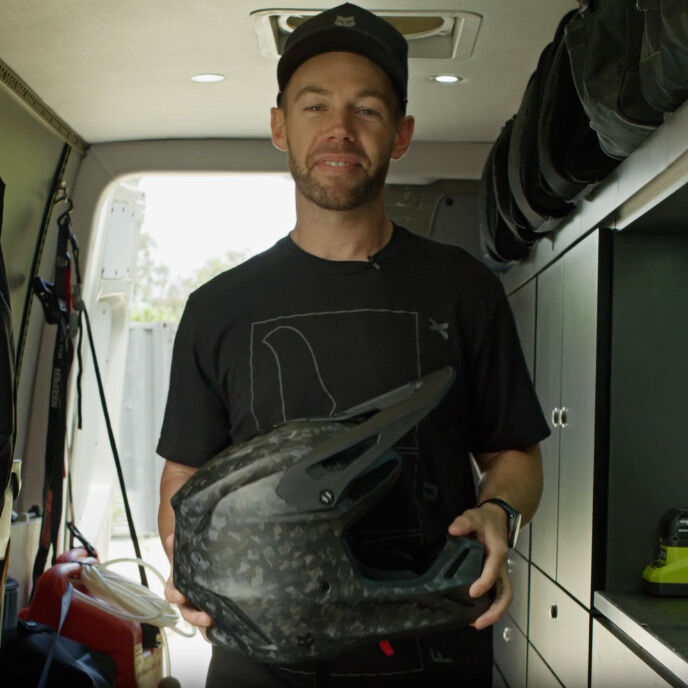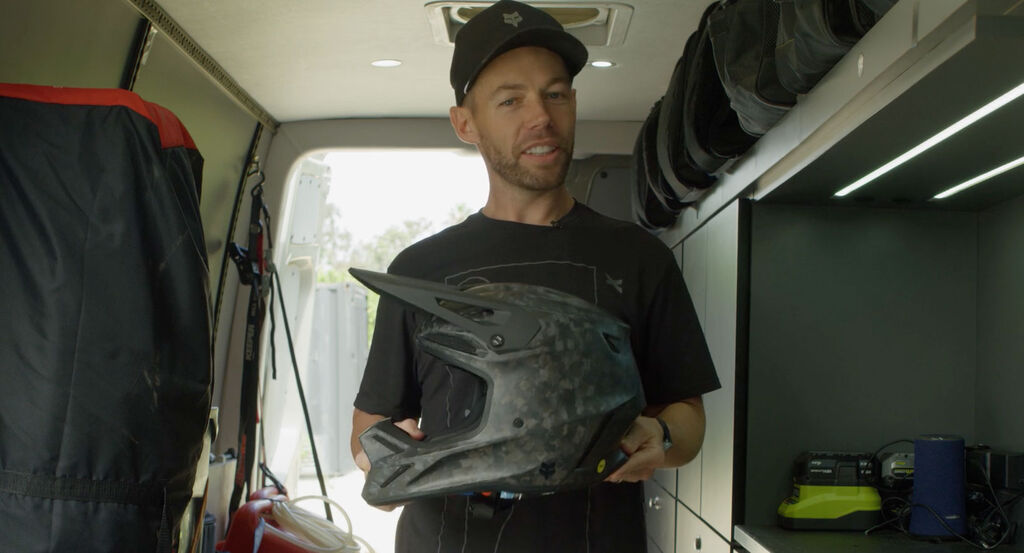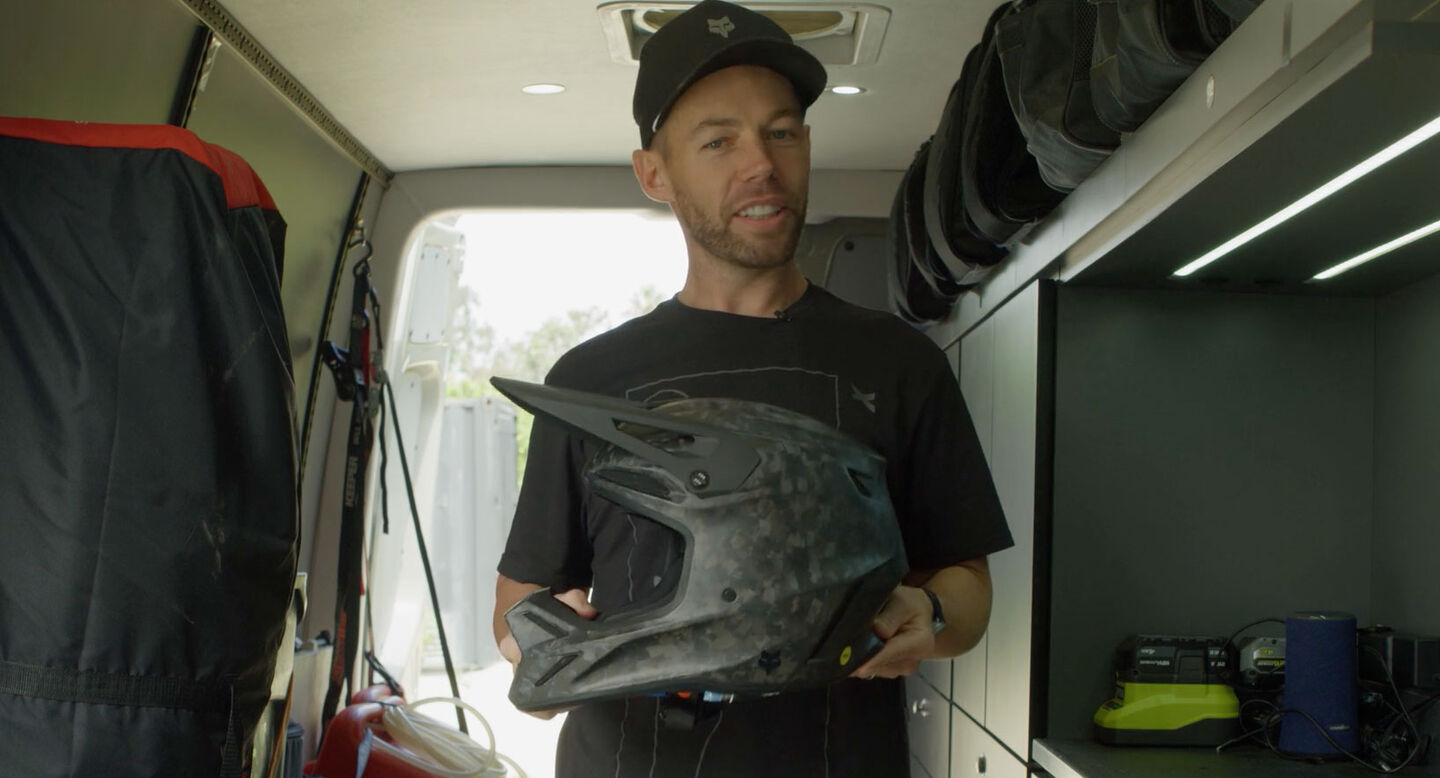What You'll Need
• Soft tape measure • String & ruler (alt.) • Size chart
Step 1:
Measure Your Head
Accurately measuring your head is the crucial first step. Begin by placing the soft/cloth measuring tape around your head, just above your eyebrows and ears. Ensure the tape sits snugly but not too tight. Take note of the measurement in both inches and centimeters. This dimension will serve as your baseline for choosing the appropriately sized helmet.
QUICK TIP: Don't have a soft/cloth measuring tape?
If you don't have a soft/cloth measuring tape you can use a piece of non-stretchy string or shoelace. Wrap it around your head, following the same path just above your eyebrows and ears. Mark where the two ends meet and then measure the length with a ruler or a standard tape measure.


Step 2:
Reference Size Chart
Once you have your head measurement, visit the product page of your desired helmet. Match your measurements with the corresponding helmet size on the chart. Be attentive to any additional sizing considerations or recommendations provided.
QUICK TIP: In between sizes?
If your measurement falls in between sizes on the chart, we recommend sizing up.
Step 3:
Check Your Fit
Put the helmet on your head, ensuring there are no pressure points or hotspots. It should fit snugly around your head and cheeks without causing discomfort. While wearing the helmet, simulate riding movements by shaking your head both up and down and side to side; minimal movement should be experienced. This step ensures that the helmet stays securely in place during various riding scenarios, providing both comfort and optimal protection.


Step 4:
Refine Your Fit
Tailor your helmet fit to your precise preferences by using optional replacement cheek pads and head liners, available in both thick and thin options. Depending on your specific helmet model, these pads may be included or can be purchased separately. Experiment with different combinations.


